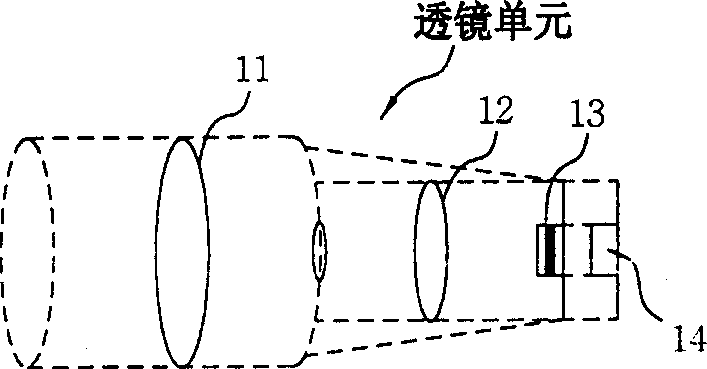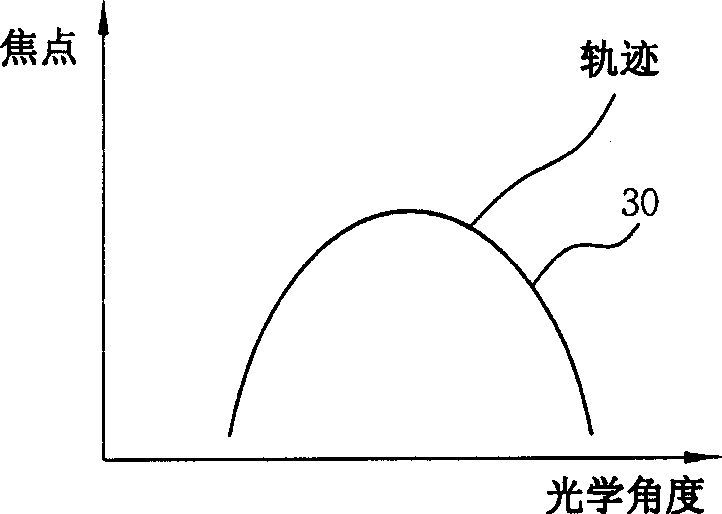Method for controlling charge-coupled device camera
A technology of charge-coupled devices and charge-coupled cameras, which is applied in the field of CCD cameras, can solve the problems that are not conducive to the miniaturization of cameras, increase the size of CCD cameras, and increase the production cost of CCD cameras.
- Summary
- Abstract
- Description
- Claims
- Application Information
AI Technical Summary
Problems solved by technology
Method used
Image
Examples
Embodiment Construction
[0024] Next, an embodiment of the present invention will be described with reference to FIGS. 4-7.
[0025] Figure 4A is a schematic sectional view of a lens unit to describe the focal length when using an OLPF (Optical Low Pass Filter).
[0026] Figure 4B is a schematic cross-sectional view of a lens unit depicting the focal length with and without dummy glass.
[0027] First, since the light passing through the zoom lens 31 and the focus lens 32 is refracted when passing through the OLPF (Optical Low Pass Filter) 33, the incident angle of the light is changed, and the focal length of the lens group becomes longer due to the change in the incident angle . Here, the OLPF33 is placed on a movable base plate 41, and the OLPF33 is mechanically moved into or out of the optical path of the lens group according to the shooting mode of the CCD (charge-coupled device) camera, such as day mode or night mode.
[0028] Therefore, when determining the control trajectories of the focu...
PUM
 Login to View More
Login to View More Abstract
Description
Claims
Application Information
 Login to View More
Login to View More - R&D
- Intellectual Property
- Life Sciences
- Materials
- Tech Scout
- Unparalleled Data Quality
- Higher Quality Content
- 60% Fewer Hallucinations
Browse by: Latest US Patents, China's latest patents, Technical Efficacy Thesaurus, Application Domain, Technology Topic, Popular Technical Reports.
© 2025 PatSnap. All rights reserved.Legal|Privacy policy|Modern Slavery Act Transparency Statement|Sitemap|About US| Contact US: help@patsnap.com



